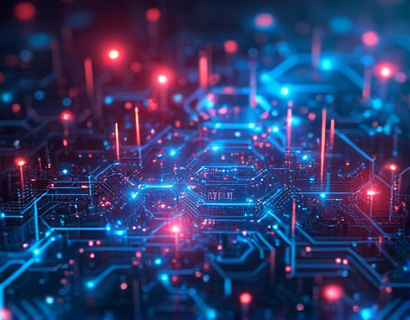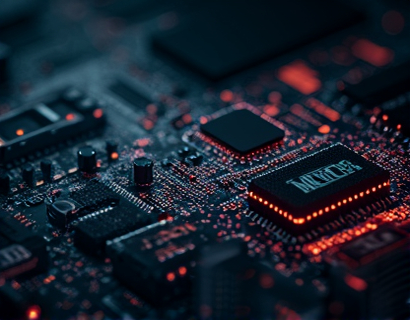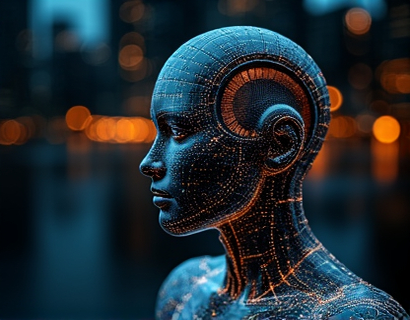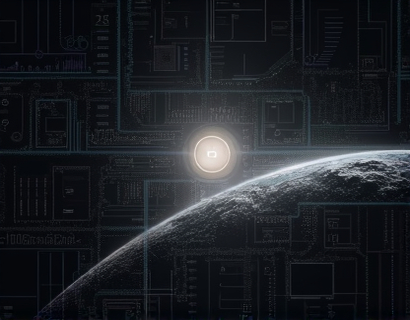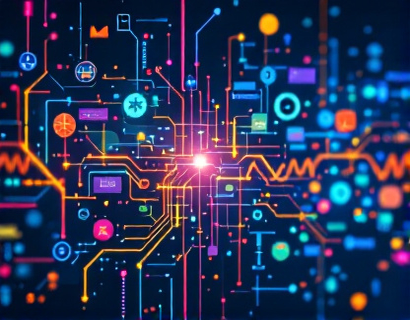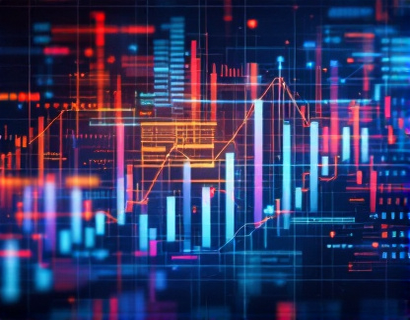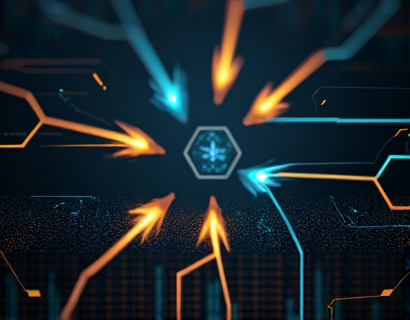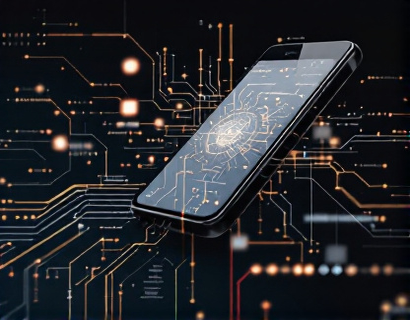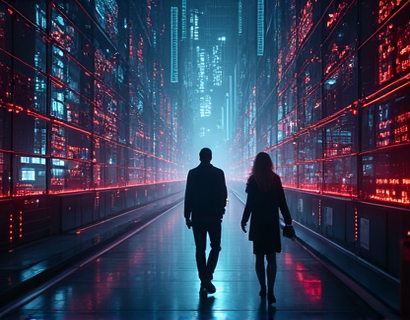Decentralized Innovation: Harnessing Crypto and AI for Enhanced Productivity in the Digital Age
The digital age has ushered in a revolution in how we approach productivity and task management. At the forefront of this revolution is the fusion of cryptocurrency and artificial intelligence (AI), creating a new paradigm of decentralized innovation. This synergy is redefining the digital landscape, offering transformative applications that not only enhance productivity but also simplify complex tasks. This article delves into the intricate relationship between crypto and AI, exploring how these technologies, when combined, are paving the way for a more efficient, secure, and user-centric digital future.
Understanding Decentralized Innovation
Decentralized innovation refers to the development and implementation of technologies and systems that operate without a central authority or intermediary. This approach leverages blockchain technology, a cornerstone of cryptocurrency, to ensure transparency, security, and decentralization. When AI is integrated into this framework, the potential for innovation becomes exponential. The decentralized nature of these systems allows for greater resilience, reduced risk of single points of failure, and enhanced user control over data and transactions.
Cryptocurrency: The Backbone of Decentralized Systems
Cryptocurrency, built on blockchain technology, serves as the backbone of decentralized systems. It provides a secure and transparent medium for transactions, eliminating the need for intermediaries such as banks. This not only reduces costs but also increases the speed and accessibility of transactions. The immutable nature of blockchain ensures that once a transaction is recorded, it cannot be altered, providing a high level of trust and reliability.
Beyond simple transactions, cryptocurrencies enable the creation of decentralized applications (dApps) and smart contracts. dApps run on blockchain networks and are not controlled by any single entity, ensuring greater autonomy and security for users. Smart contracts, self-executing contracts with the terms directly written into code, automate and enforce agreements without the need for intermediaries, further enhancing efficiency and reducing fraud.
AI: The Intelligence Driver
Artificial intelligence, on the other hand, brings a new dimension of intelligence and automation to decentralized systems. AI algorithms can process vast amounts of data, identify patterns, and make predictions with high accuracy. When integrated with blockchain, AI can optimize various aspects of decentralized applications, from user experience to operational efficiency.
One of the key areas where AI shines is in data analysis. Decentralized systems generate massive amounts of data, and AI can help in processing and interpreting this data to provide actionable insights. For instance, AI can analyze transaction patterns to detect anomalies, enhance security measures, and improve fraud detection systems. This not only enhances the security of decentralized platforms but also builds user trust.
Synergy Between Crypto and AI
The true power of decentralized innovation emerges when cryptocurrency and AI are combined. This synergy creates a powerful ecosystem where the strengths of both technologies complement each other. Here are some key areas where this fusion is making a significant impact:
- Enhanced Security: The combination of blockchain's immutability and AI's advanced security algorithms creates a robust defense against cyber threats. AI can continuously monitor and adapt to new attack vectors, ensuring the system remains secure over time.
- Improved User Experience: AI can personalize user interactions within decentralized applications, providing tailored recommendations and streamlined workflows. This enhances user engagement and satisfaction, making decentralized solutions more accessible and user-friendly.
- Optimized Operations: AI can optimize the performance of decentralized networks by managing resources more efficiently. For example, AI can dynamically allocate computing power based on demand, reducing energy consumption and costs.
- Innovative Financial Solutions: The integration of AI in decentralized finance (DeFi) platforms enables the creation of more sophisticated financial instruments and services. AI-driven algorithms can predict market trends, manage risks, and automate trading strategies, making financial services more accessible and efficient.
Case Studies: Real-World Applications
Several real-world applications demonstrate the potential of combining crypto and AI for enhanced productivity:
Supply Chain Management
Decentralized supply chain platforms use blockchain to track the movement of goods from production to delivery. AI algorithms can analyze this data to predict demand, optimize inventory levels, and identify bottlenecks. For instance, a company like IBM has developed a blockchain-based platform that uses AI to monitor and manage supply chains, reducing costs and improving efficiency.
Healthcare
In healthcare, decentralized platforms can securely store and manage patient data using blockchain. AI can analyze this data to provide personalized treatment recommendations and predict disease outbreaks. A project like Medibloc uses blockchain to give patients control over their medical records, while AI algorithms process this data to improve healthcare outcomes.
Smart Cities
Smart city initiatives can leverage decentralized systems to manage urban infrastructure more efficiently. AI can analyze data from various sensors and devices to optimize traffic flow, energy usage, and public services. For example, a decentralized platform could use AI to manage parking spaces, reducing congestion and improving urban mobility.
Challenges and Future Prospects
Despite the promising potential, the fusion of crypto and AI is not without challenges. Scalability, regulatory issues, and the need for standardization are some of the key hurdles that need to be addressed. However, the ongoing development in both fields suggests a bright future for decentralized innovation.
As blockchain technology matures, we can expect increased adoption and integration with AI. The development of more efficient consensus mechanisms and interoperability standards will make decentralized systems more scalable and user-friendly. Additionally, regulatory frameworks that support innovation while ensuring consumer protection will be crucial for the widespread adoption of these technologies.
Conclusion
The convergence of cryptocurrency and AI is revolutionizing the digital landscape, offering transformative solutions that enhance productivity and simplify tasks. By leveraging the strengths of both technologies, we are witnessing the emergence of a new era of decentralized innovation. As this field continues to evolve, it holds the promise of creating more secure, efficient, and user-centric digital solutions. Embracing this change can position individuals and organizations at the forefront of the next technological revolution.




